Description
The Olde Bull Ring Tavern
Circa 1365
Formally the site of a cattle market, it grew into houses and a pub. The original pub is the central twin gable roofs. In the 18th century the house with the twin left gable roofs was an ale store, a shop.
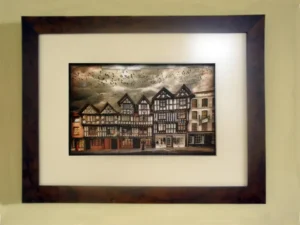
Nikolaus Pevsner in his 1958 book ‘The Buildings of England: Shropshire,’ said, “they make up the longest continuous Elizabethan and Jacobean timber-framed frontages in Ludlow. Three symmetrical two bay fronts under twin gales, the first two four storyed the third three storyed. Upright studs, mostly with mid rails, jetties at every story and a gamut of decorative patterns in the gables. Lozenges in boxes on the top story of the left front which is all of the early 17th Century. The other two fronts were heightened at that time. The central front is best preserved, retaining its million-and-transome windows unaltered.”
The shop at the right was, in 1905, Woodhouse Chemist, later bought by Boots; now a book shop. Mr Woodhouse had been Mayor in 1909 when the Princess of Wales, later Queen Mary, came to Ludlow and her patronage of his shop – the local tradition is that she bought a toothbrush – entitled him to display the royal coat of arms.
Out of shot, behind the Victorian mock tudor building which is now The Fish House is the Tolsey, a medieval toll booth for people coming to trade on the market, now a solicitors.
From when the castle was built, the market trading area was formed at its gate, this in those times went all the way from the front of Ludlow Castle, to the Corve Street track where the Bull Ring is to-day. Stalls with all kinds of goods for sale were set up along this area, all surrounded by livestock to be sold. It was obvious to the land owner that money could be made by renting out measured plots of land to these traders, so areas were measured out, rents set, and commercialism was born. Trestle tables were set up by stallholders to trade their wares. On the plots nearer to the Corve Street track the traders were given the rights to dig cellars for their storage, and then build rooms above their open stalls, in which to live. Then followed some more of the same a bit nearer the castle end. In this manner, rows of gardenless shops were formed and the passage ways between them were given the names of Market Street, High Street, Harp Lane, Church Street and Pepper Lane. As there always has to be a tax when any trading has been done, a toll (an early form of purchase tax) had to be paid on every sale or exchange of goods and livestock. So, on the way out of this trading market area at the Corve Street track, a Tolsey House was built which was, in the beginning, open at the ground level in the same fashion as those early shops. The area where the Corve Street track once turned into the early trading market was given the name of The Bull Ring, due to the fact that livestock was bought and sold there in an early version of a cattle market. This would have been very handy with the Tolsey house so close, not much chance of avoiding the tax man there then. As market and fair days could be quite wild times a magistrate dispensed instant justice at the Tolsey House, so you could pay your fines and your tax at the same time. By the year 1200 the market trading areas with its rows of stall type shops was an established pattern.
Otherworld happenings
In nearly 650 years there’s been a lot of goings on in these buildings, lots of ghosts. One, a monk is seen wandering the corridors. Though the bottom half of him is seen in the floorboards, the floor has been raised up over the years.
Also in the picture is a Saxon ghost from a small 6th Century Saxon agricultural hamlet at Dinham, visiting the view atop the natural hill looking to Ludford which was in the 1086 Doomsday Book.
And a Saracen from the times after the crusades around 1300, from an early medieval building before the Old Bull Tavern was built, when there was a cattle market in the real old bull ring.
There’s also a pink fairy and a ghost wolf!
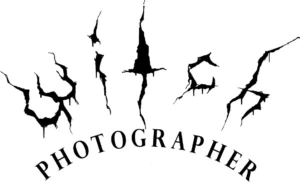
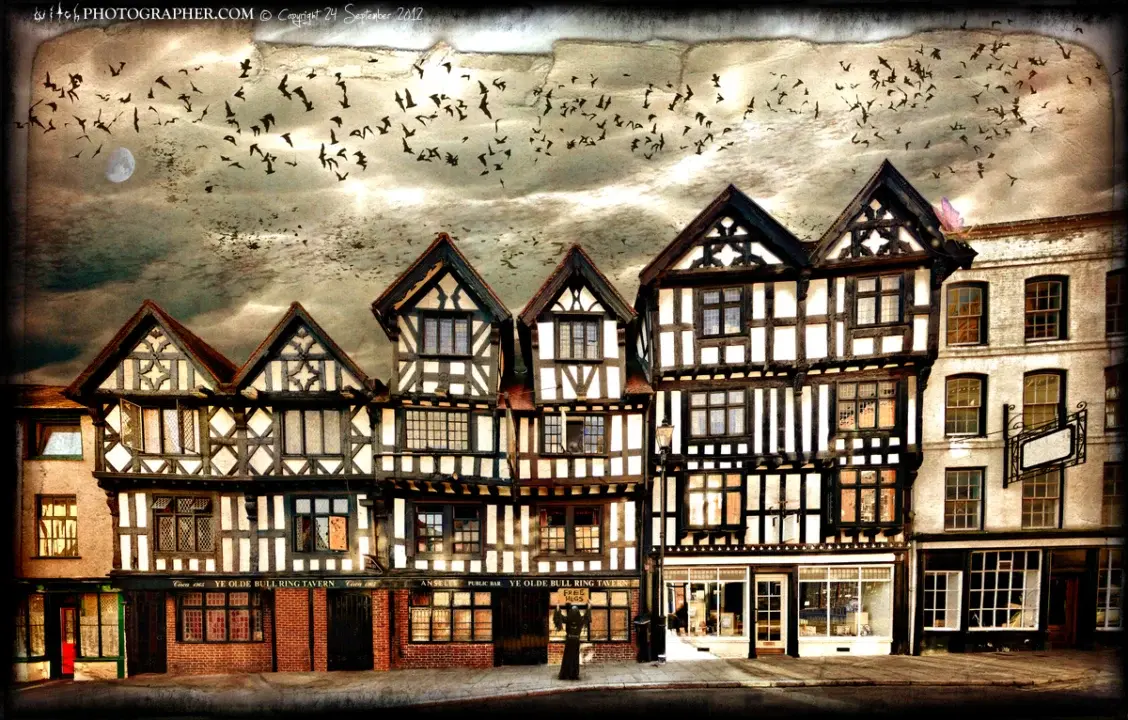
 Click a section to zoom in. These are
Click a section to zoom in. These are 








































































































































































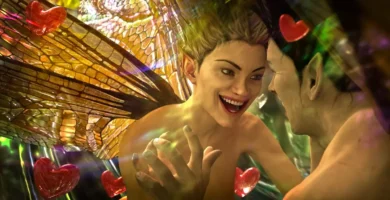
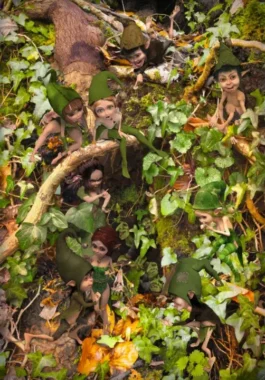
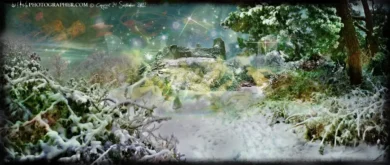
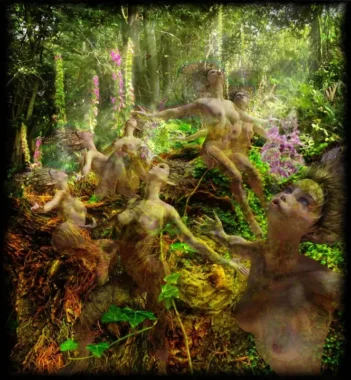
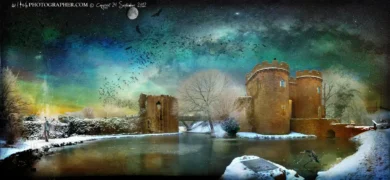
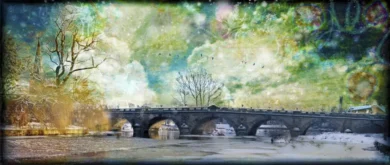
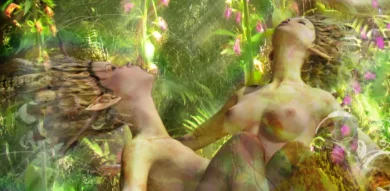
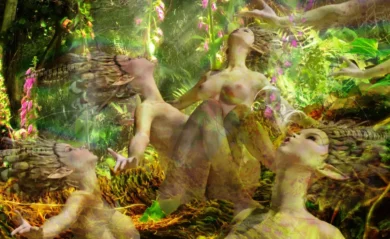
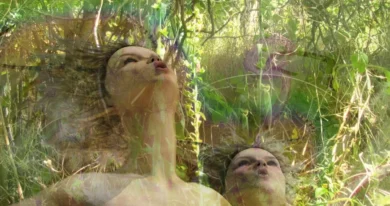

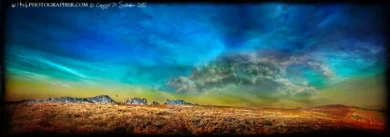
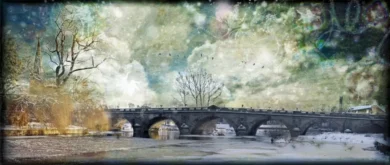
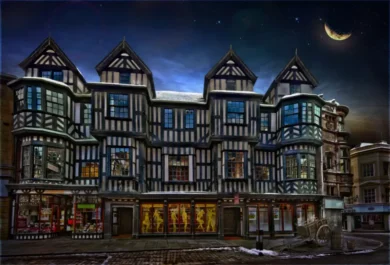

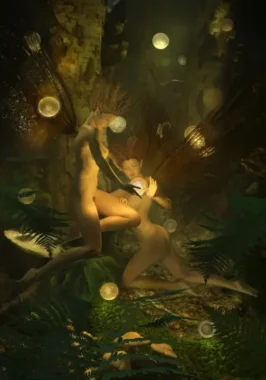
Reviews
There are no reviews yet.